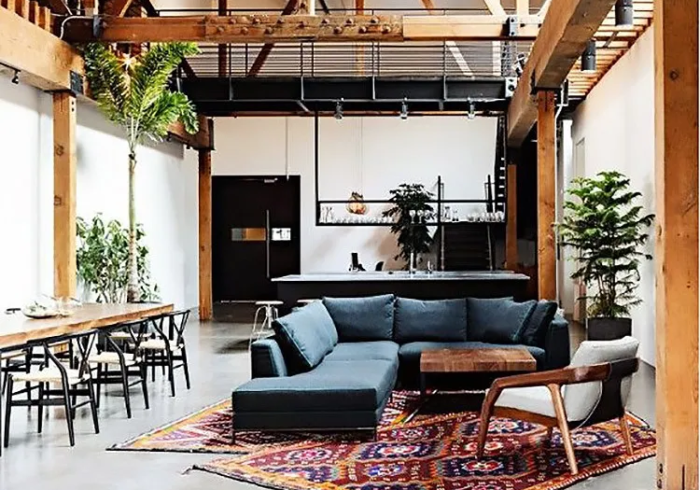Mosque carpets are an integral part of Islamic worship and hold great importance in mosque culture. Here is a comprehensive FAQ to provide more detailed information on mosque carpets:
What is the purpose of mosque carpets?
The primary purpose of mosque carpets is to provide a clean and comfortable space for Muslims to perform their daily prayers. The carpets also serve as a symbol of respect and reverence for the mosque, as well as for the act of worship itself.
What are the characteristics of mosque carpets?
Mosque carpets are typically made from wool or synthetic fibers and are characterized by their dense pile and deep colors. They often feature intricate patterns and designs that are symbolic of Islamic culture and history. Mosque carpets are also designed to be durable, easy to clean, and long-lasting, which is important given the high traffic and usage they receive.
What are the benefits of using mosque carpets?
In addition to providing a clean and comfortable surface for prayer, mosque carpets have several other benefits. They help to create a peaceful and harmonious atmosphere in the mosque, as well as absorb sound and reduce echo. Mosque carpets can also be used to define areas within the mosque, such as the prayer area, and provide a visual indication of the direction of Mecca, which is the direction Muslims face when they pray.
What are the different types of mosque carpets?
There are several different types of mosque carpets, including prayer mats, floor carpets, and wall-to-wall carpets. Each type serves a specific purpose and has its own unique features.
Prayer mats are typically small and portable, making them ideal for use in personal prayer spaces or for travel. Floor carpets are designed to cover a large area of the mosque floor, while wall-to-wall carpets are used to cover the entire floor of the mosque, creating a seamless and cohesive look.
How are mosque carpets made?
The process of making mosque carpets is a complex and labor-intensive process. The carpets are typically hand-knotted using a special loom, with each knot being tied by hand. This process is repeated thousands of times to create the dense pile of the carpet.
Once the carpet has been knotted, the pile is cut to a uniform length and the carpet is washed and dried. The final step is the application of the design, which is usually done using a process called “hand-tufting.” This involves using a special needle to push the pile through the carpet backing, creating the intricate patterns and designs that are so characteristic of mosque carpets.
What are the factors to consider when buying a mosque carpet?
When buying a mosque carpet, there are several factors to consider, including the size and shape of the carpet, the type of material it is made from, and the design and color. It is also important to consider the durability and ease of maintenance of the carpet, as well as the cost.
In addition, it is important to consider the cultural and religious significance of the carpet, as well as its impact on the overall look and feel of the mosque. It is important to choose a carpet that is in keeping with the style and aesthetic of the mosque, and that reflects the values and beliefs of the community.




